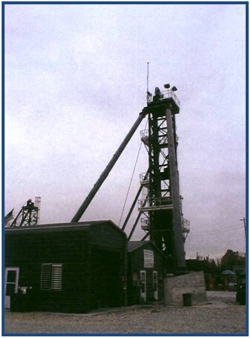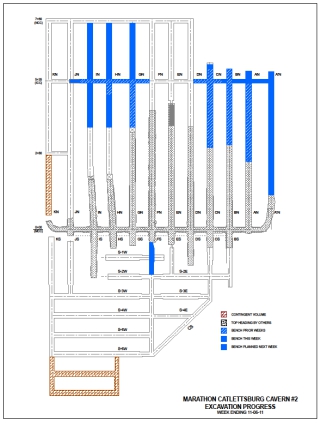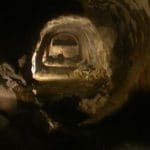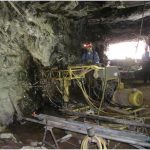Agapito Associates, Inc. (AAI) contributed to nearly all phases of the design and construction of an underground butane storage cavern located in Neal, West Virginia. The cavern was built for seasonal storage of butane related to gasoline production and has a capacity of 6.7 million ft3 (1.2 million barrels). The overall project was managed by PBESS. Agapito first became involved with the project in 2005 through cavern siting and waste disposal evaluations. Subsequently, Agapito performed a variety of engineering and project management tasks including:
- Site characterization
- Selection and laboratory testing of core samples
- Geologic modeling of the cavern horizon
- Measurement of horizontal in-situ stresses using the Sigra downhole method
- Design of the caverns layout and excavation geometry (room-and-pillar dimensions)
- Numerical modeling of arch- and flat-roof cavern opening alternatives
- Back-calculation modeling of an adjacent operating cavern
- Design and specification of roof support systems
- Evaluation of shaft liner strength requirements
- Evaluation of roof stability conditions using data from borescopes
- Roof-bolt pull tests and roof sag measurements using an automated mine-wide telltale system
- Analysis of ventilation requirements
- Selection of mining contractors
- Monthly on-site inspections of mining progress involving review of current ground conditions, and evaluation of contractor performance and safety
Additional smaller tasks and project updates required almost daily involvement in aspects of cavern construction. Constructed in a shale formation 450 ft below surface, the cavern relies on the impermeable nature of shale (no water curtain is needed for containment). This dry containment system is the norm for U.S. mined storage caverns. Because the shale host rock is relatively weak, storage gallery dimensions are smaller: 20 ft wide by 27 ft high. The 20 ft width is typical for bedded sedimentary deposits; millions of miles of coal mine entries have been developed using similar mining widths.
Underground construction was completed and the cavern was commissioned in 2012. The expected lifetime of the cavern is 50 years.







